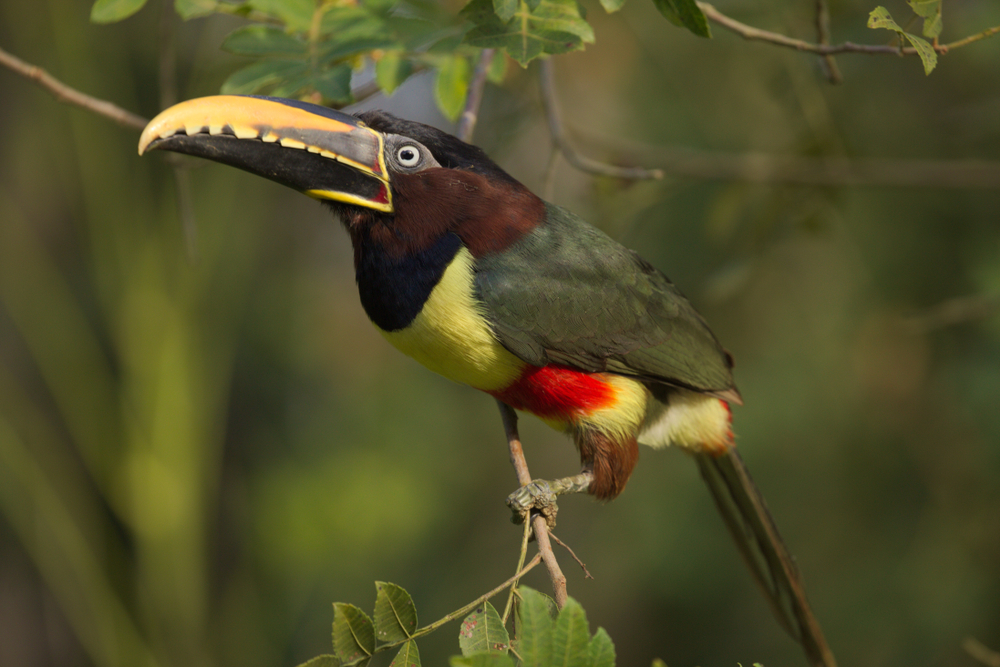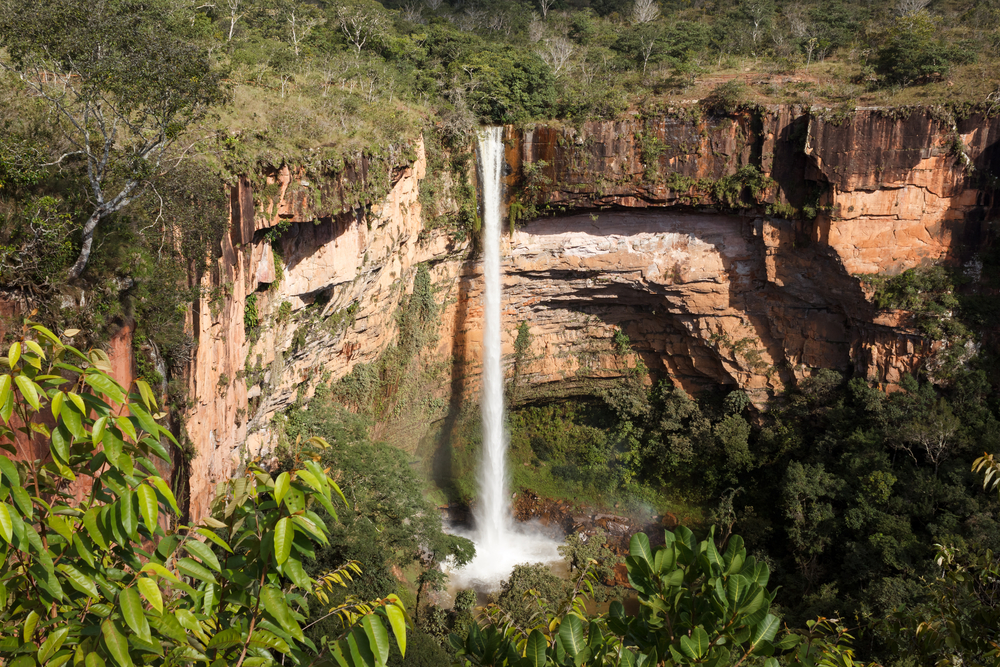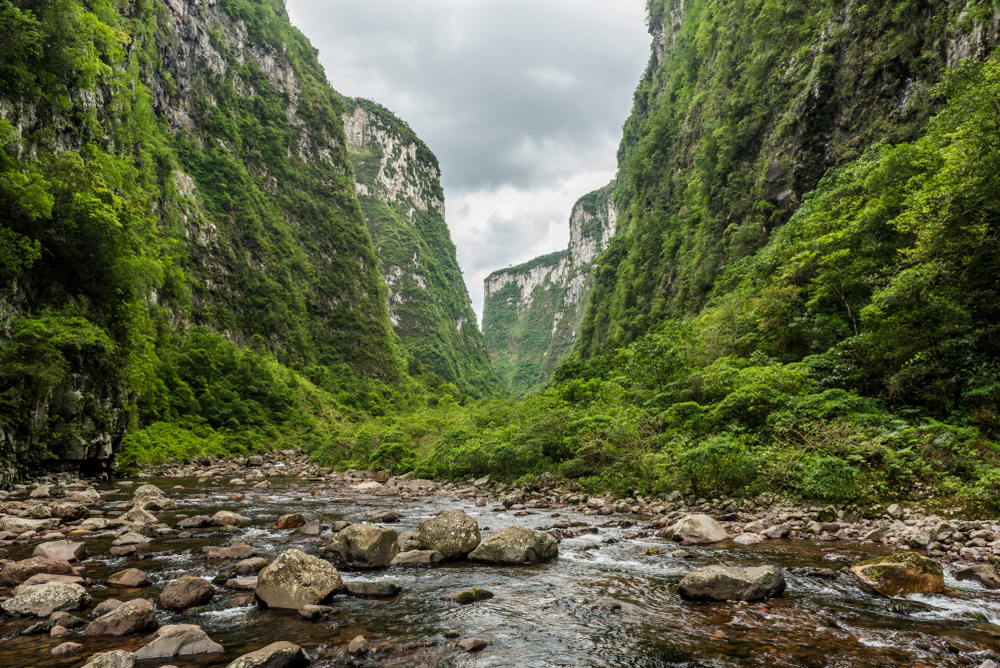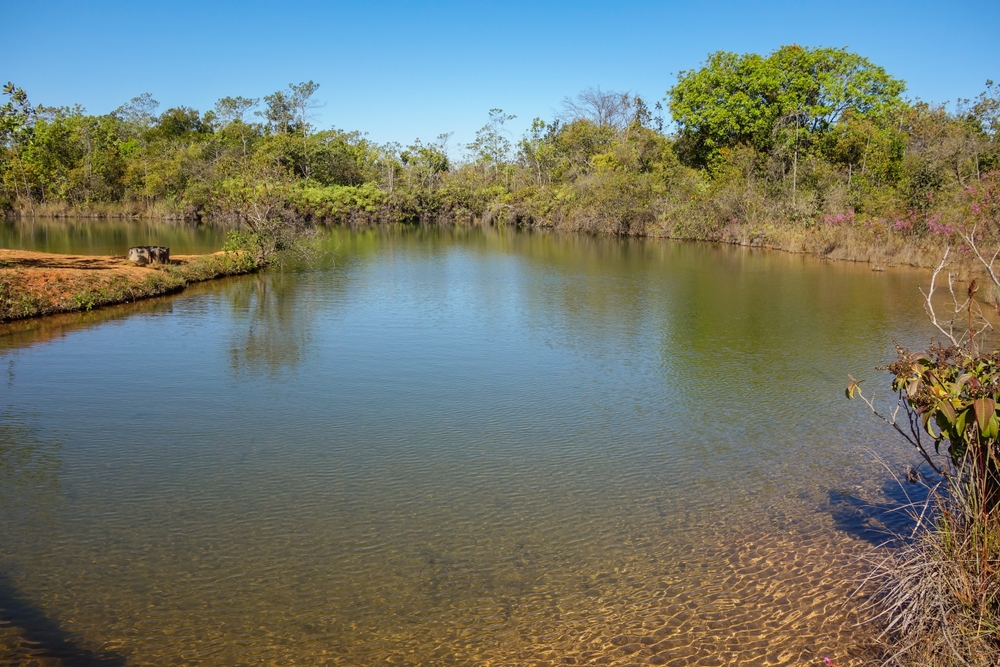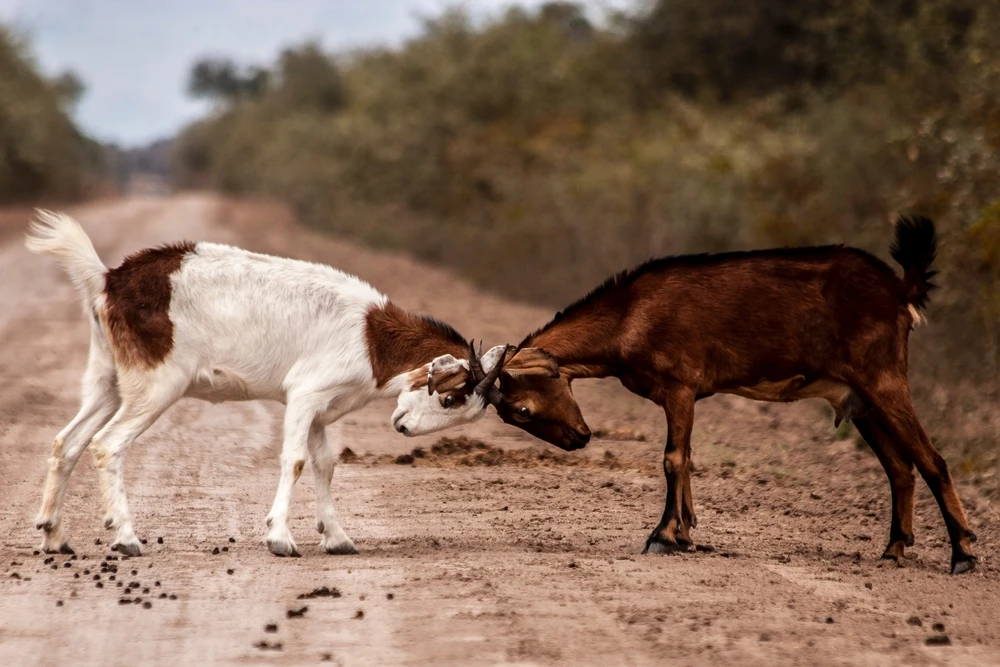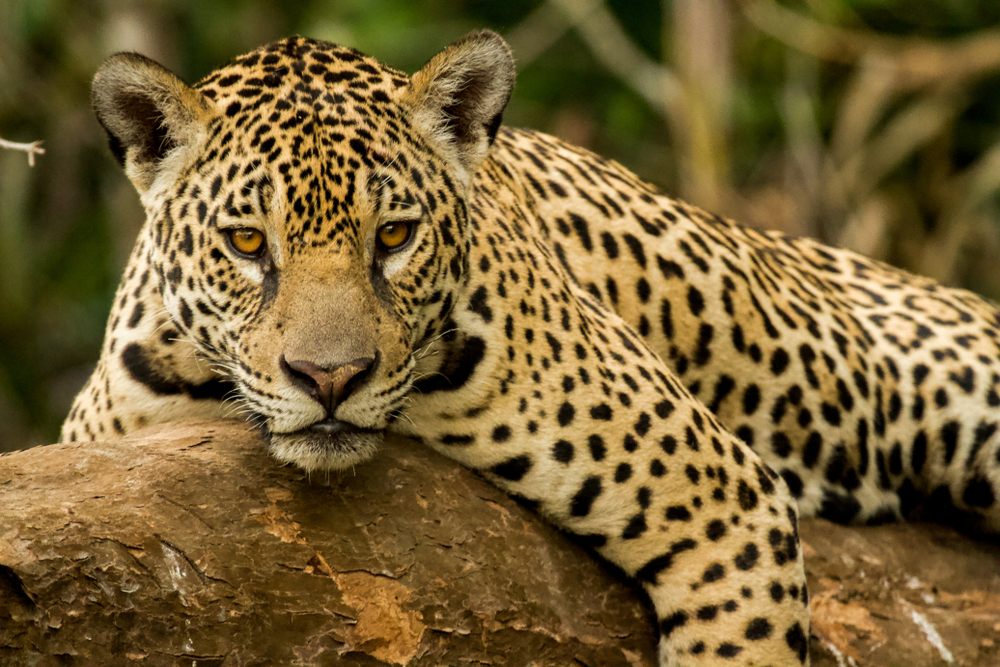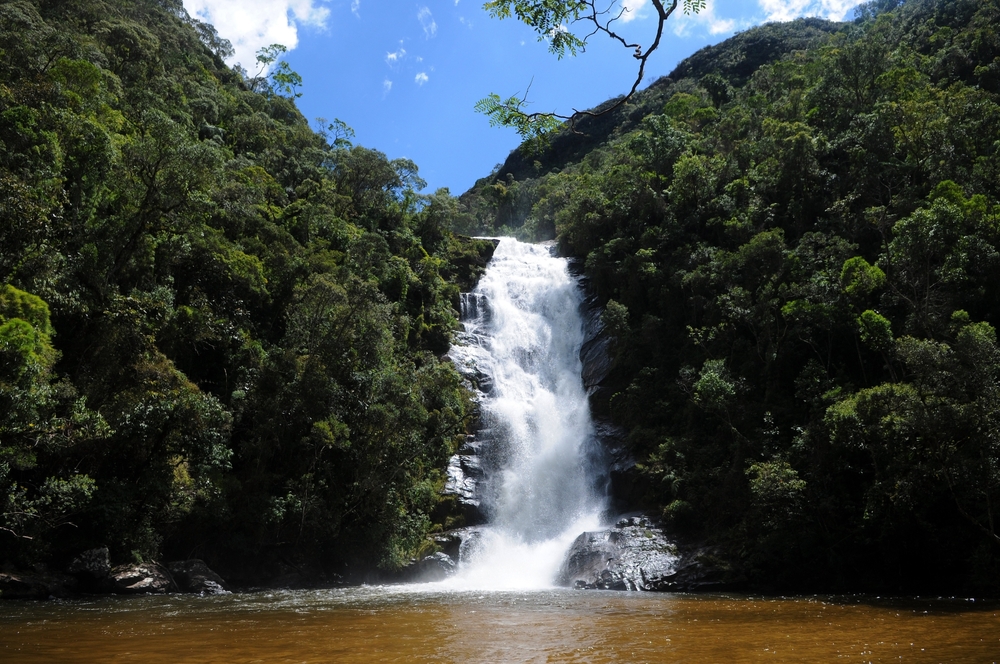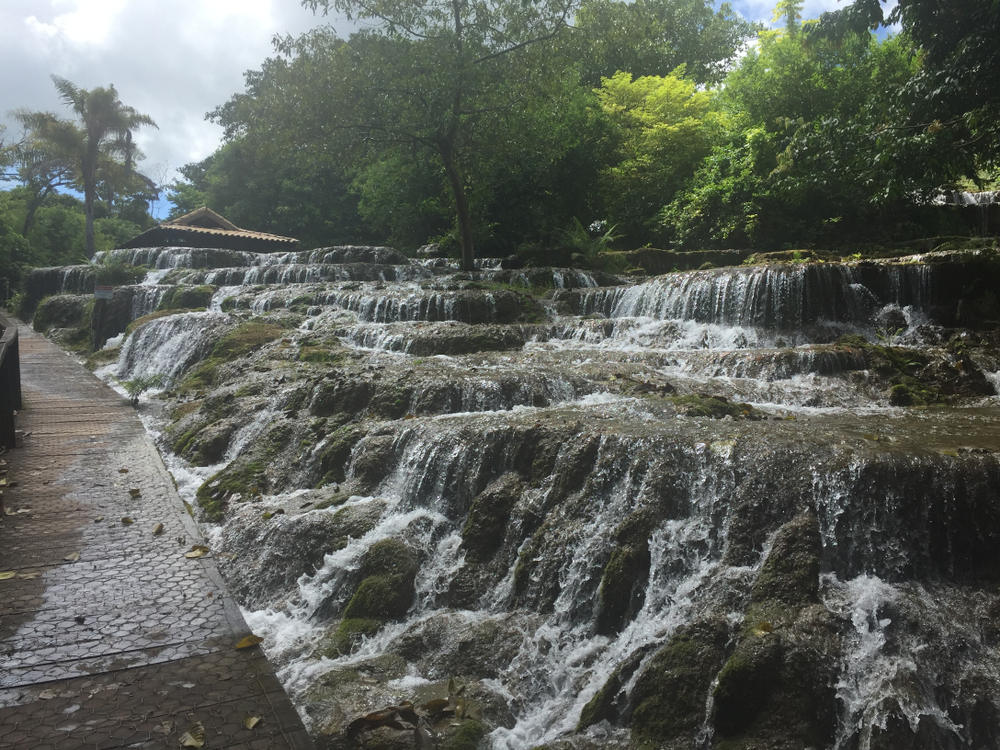Acari Overview
Acari National Park, known locally as Parque Nacional do Acari, is one of Brazil’s lesser-known yet ecologically significant protected areas. Located in the state of Amazonas in northwestern Brazil, it covers an immense area of approximately 3,867 square miles, or 10,015 square kilometers.
Established in 2016, the park lies within the heart of the Amazon Rainforest and contributes to one of the most biodiverse regions on Earth. Remote and largely untouched by modern development, Acari National Park helps to preserve a stretch of the Amazon basin that is still wild, lush, and ecologically intact.
The terrain of Acari National Park is shaped by a mosaic of dense tropical rainforest, white-sand vegetation known as campinarana, and floodplain forests bordering meandering rivers. The Acari River, for which the park is named, runs through the area and provides life-sustaining water to its many ecosystems.
The park’s elevation changes subtly across its expanse, creating a variety of microhabitats that support an incredible diversity of life. The forest canopy is thick and multilayered, with emergent trees towering above a dense understory of ferns, vines, and epiphytes. The landscape includes a mixture of lowland rainforest and transitional forests, making it a critical region for studying ecological variation in the Amazon biome.
Wildlife within the park is abundant and often elusive due to the dense foliage and remote location. Visitors might glimpse jaguars, tapirs, and giant anteaters roaming the undergrowth or along riverbanks. The park is also home to howler monkeys, capuchins, and sloths that inhabit the treetops.
Birdlife is equally rich, with species such as the harpy eagle, scarlet macaw, and the Amazonian umbrella bird making appearances for those with a keen eye and patience. The waters of the Acari River support manatees, pink river dolphins, and various fish species, further highlighting the park’s aquatic biodiversity.
Acari National Park’s most popular features revolve around its rivers and pristine forests, which offer visitors opportunities to experience the untouched beauty of the Amazon. While tourism is minimal compared to other Brazilian parks, guided river excursions, wildlife observation, and scientific tours provide immersive ways to engage with the natural environment.
Birdwatching, in particular, is a draw for ornithologists and eco-tourists alike, as is photography for those hoping to capture the raw splendor of Amazonian wilderness.
Due to its remoteness and the difficulty of access, the park remains relatively undisturbed, which is both a blessing and a challenge. Conservation efforts are focused on preserving its biodiversity while supporting sustainable development in nearby communities.
Illegal logging, mining, and land grabbing remain persistent threats, although the designation of the area as a national park was a significant step forward in its protection. Collaborative management between government agencies and local stakeholders has helped to establish protective measures and monitor biodiversity, though enforcement in such remote areas can be difficult.
Nevertheless, Acari National Park represents a crucial component of Brazil’s conservation strategy for the Amazon, helping to maintain connectivity between protected areas and serving as a refuge for countless species in a rapidly changing world.








































































